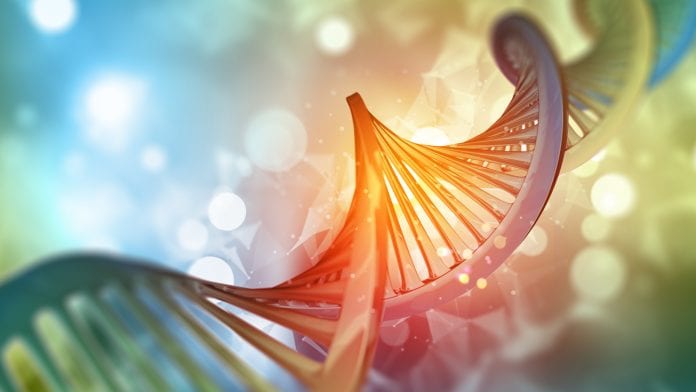
Scientists at Tokyo University of Agriculture and Technology (TUAT), Japan, have discovered a novel amyloid protein that induces amyloidosis in rats.
This new amyloid protein is known to be the lipopolysaccharide binding protein (LBP) and accumulated very frequently in the mammary gland of aged rats. Although LBP was identified as an amyloid protein by this research using rats, learning from rats is very important for understanding the cause of human diseases because a human also has LBP. Therefore, their findings of this research are useful for predicting the future occurrence of human amyloidosis and as a disease model animal.
What do you know about amyloidosis?
Amyloidosis is a disease group showing the deposition of amyloid that is misfolded protein originating from the host protein, which in this case is: LBP. Unfortunately, for amyloidosis, no cure is available, but treatments can help symptoms and produce less amyloid protein.
“When looking into mammary glands of old rats, interestingly we very often saw needle-shaped amyloid”, said Tomoaki Murakami, the first and corresponding author on the paper and Associate Professor in Laboratory of Veterinary Toxicology, Cooperative Department of Veterinary Medicine at TUAT. Amyloid deposition was actually observed in 83% of aged female rats.
“We are very surprised at this finding, because it was known that in rat’s, amyloidosis is extremely rare and that spontaneous rat amyloidosis had not been reported for about half a century.” Added Murakami.
“Predicting the accidentally induced amyloidosis”
In contrast to old rats, in younger rats, amyloid deposition was not at all observed. The difference between the aged and youth was the presence or absence of an intra-mammary gland structure known as Corpora amylacea, which are round, glass-like substances, meaning ‘starch-like bodies’ in Latin. “We found that the needle-shaped amyloid was always formed on the surface of Corpora amylacea,” Murakami explained.
“After we carried out histological, immunohistochemical, ultrastructural, and proteomic analysis, LBP was identified as a prime candidate for amyloid protein,” according to Murakami. LBP is known to be involved in innate immunity and is expressed in various animal species including humans.
“We would like to point out that we discovered novel amyloidosis in rats and that Corpora amylacea formation during ageing is its risk factors. In human, iatrogenic amyloidosis and transmissible amyloidosis have been reported as non-spontaneous amyloidosis.
“We expect that this study provides useful information for predicting the accidentally induced amyloidosis in human that may occur in the future”, Murakami concluded.






















